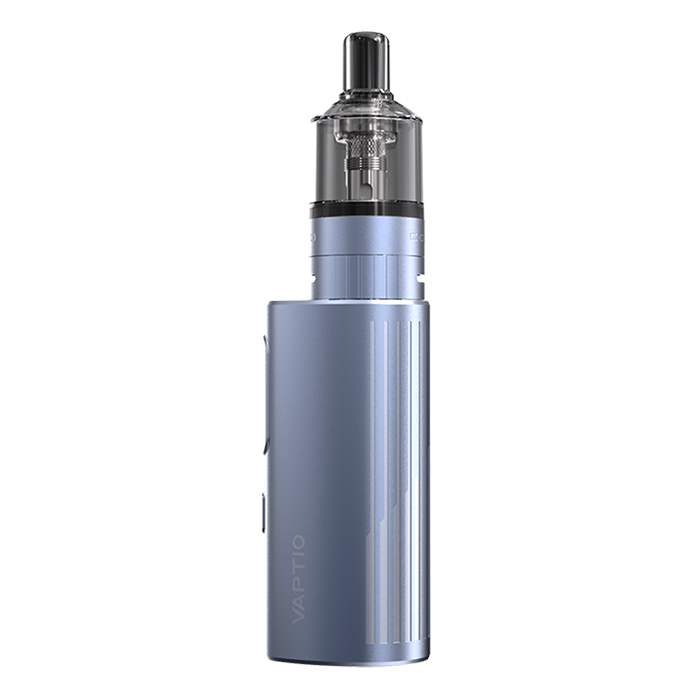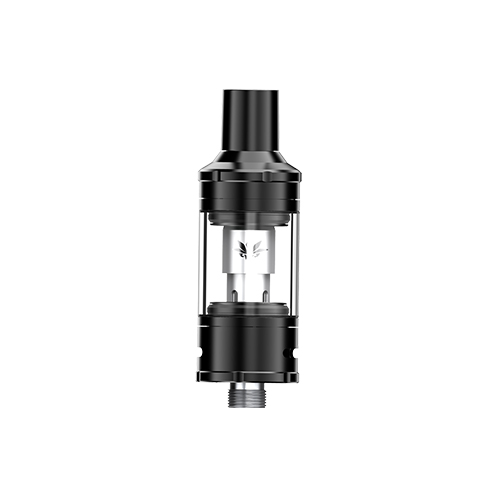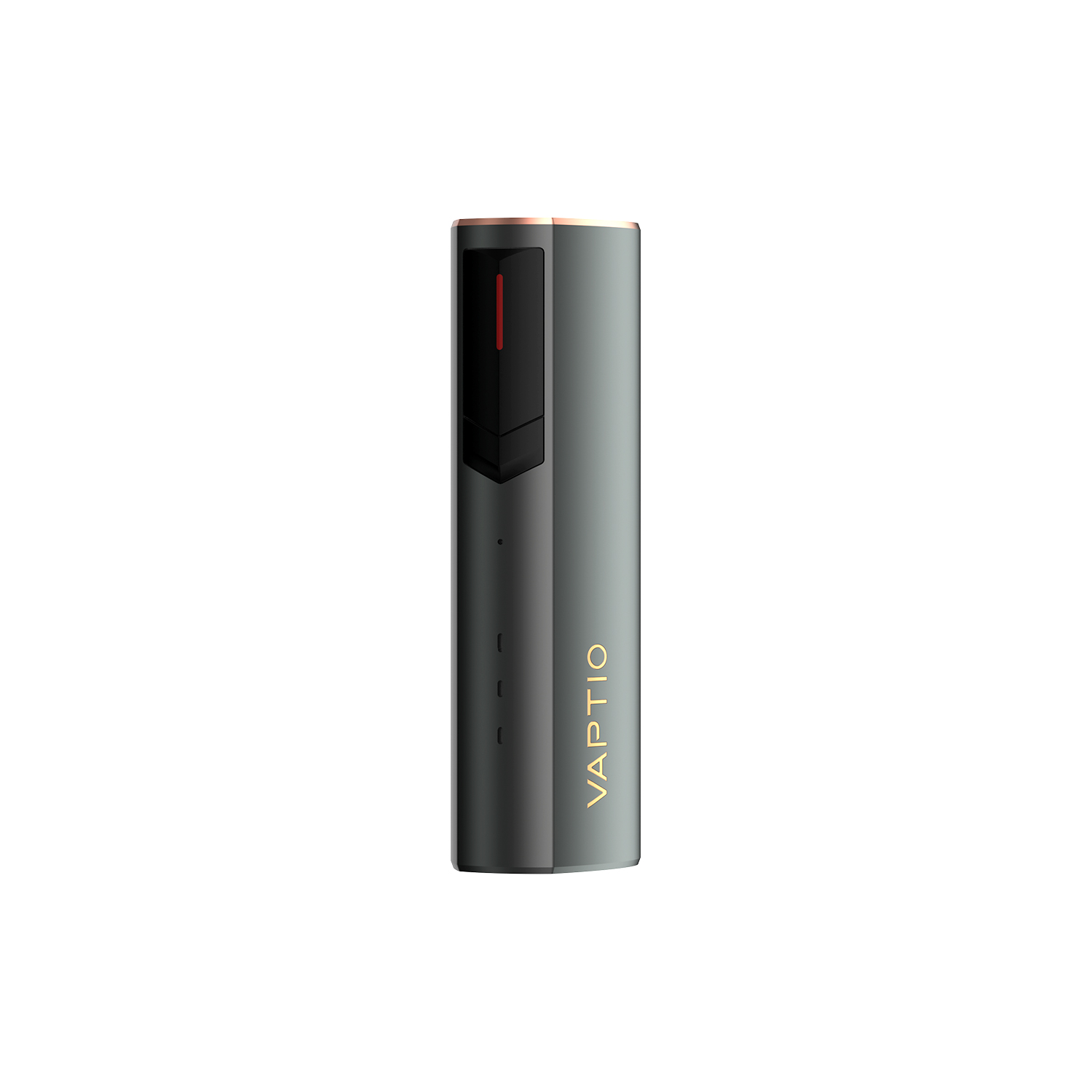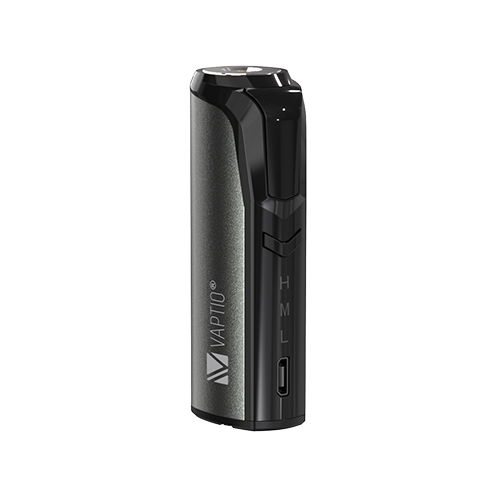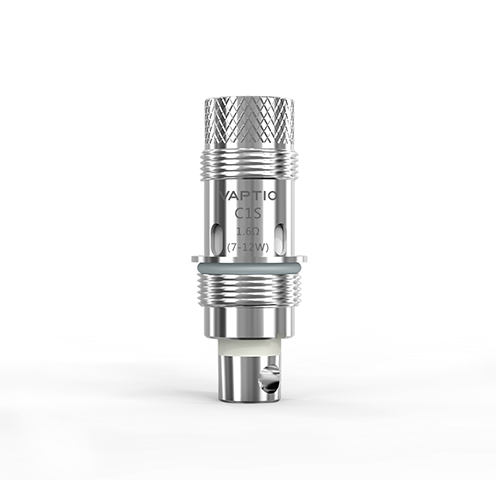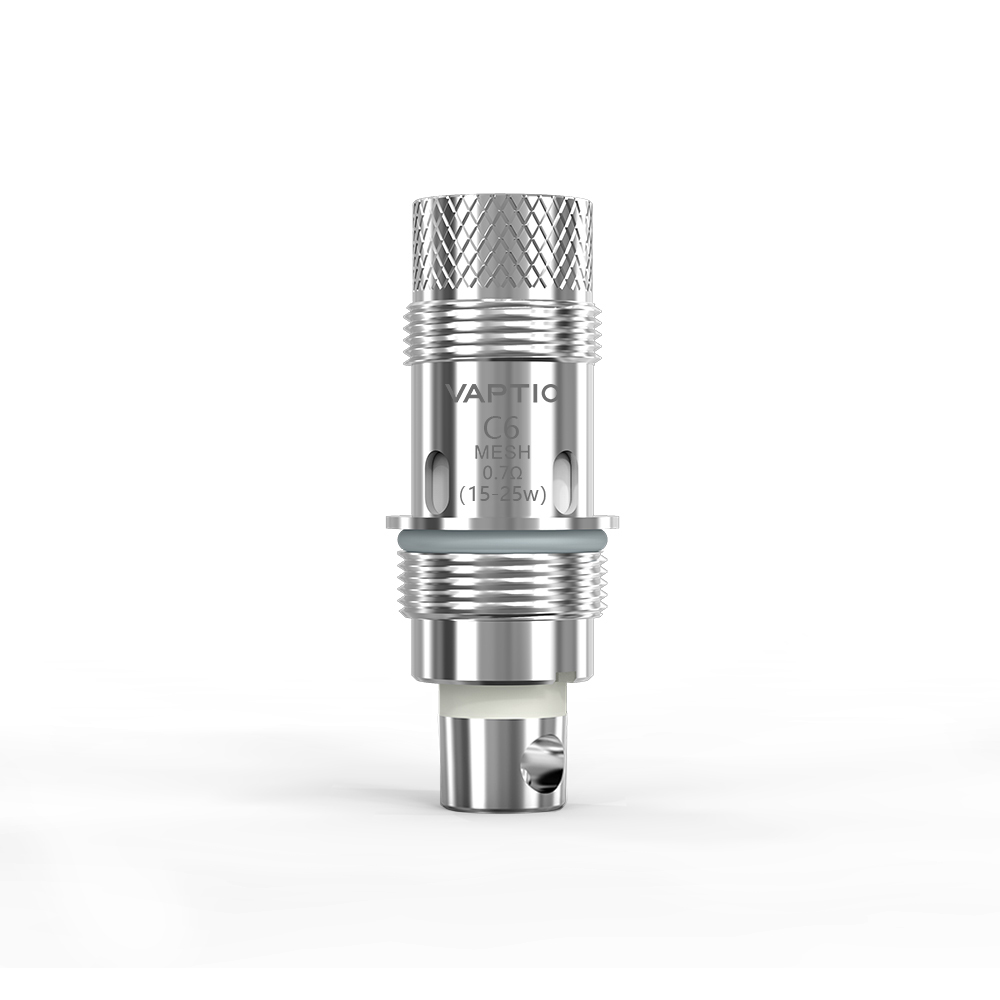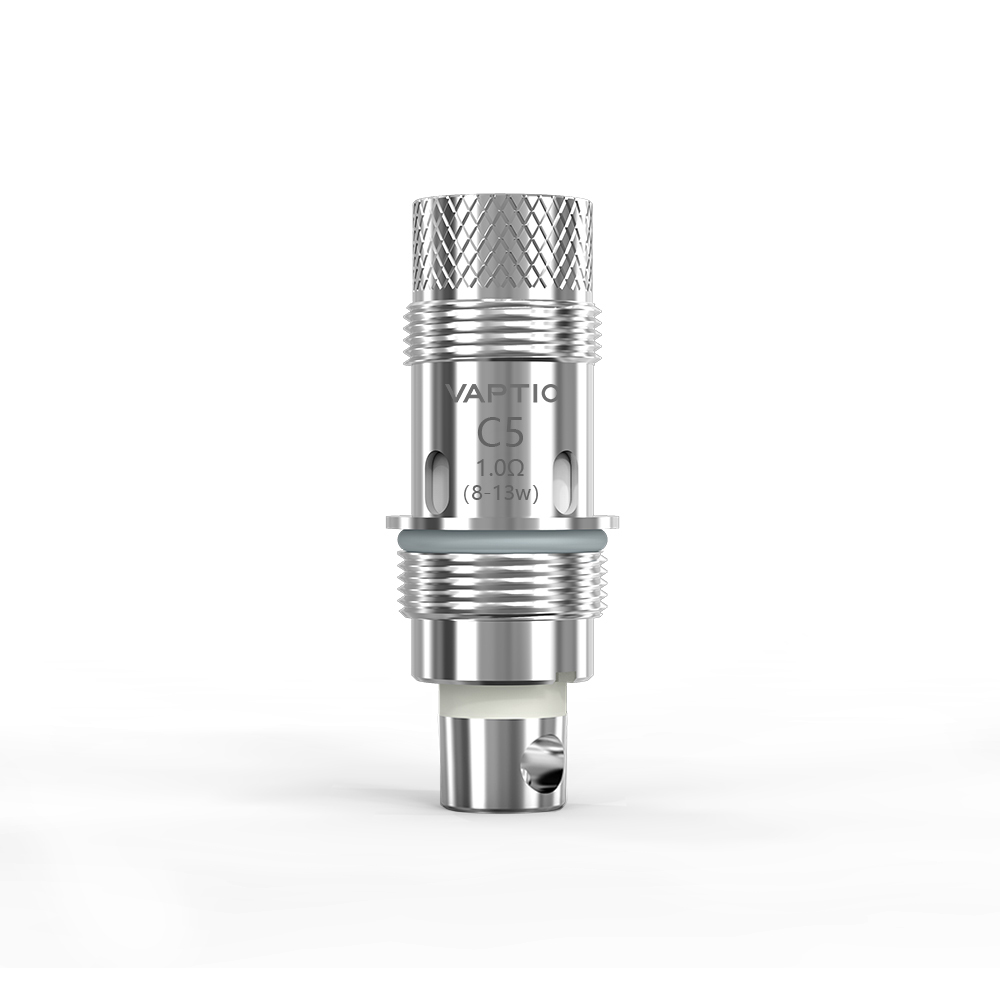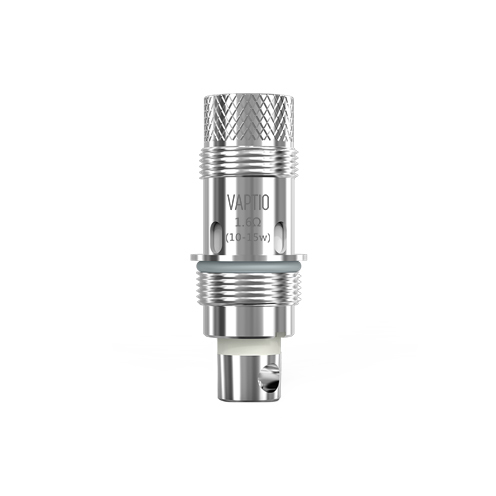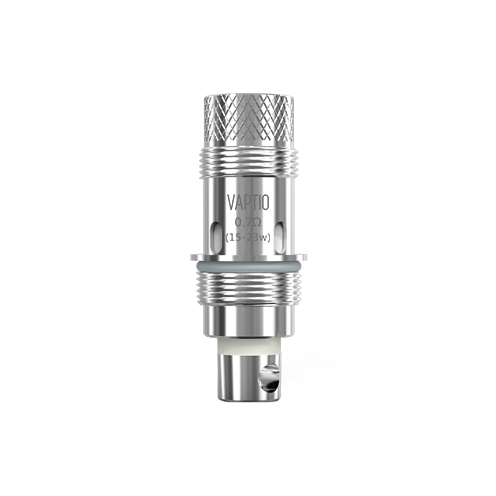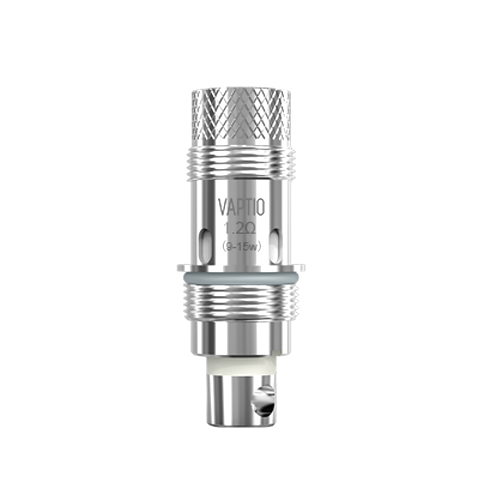- What is the PMTA, and how was the deadline decided?
- The PMTA process is deliberately difficult
- What does a PMTA submission include?
- Will e-liquid manufacturers survive the PMTA deadline?
- How will the PMTA deadline affect vape hardware?
- Will vape shops survive after the PMTA deadline?
- The black market has already arrived
After Sept. 9, 2020, the only vaping products that can be legally sold in the United States will be products approved for marketing by the FDA Center for Tobacco Products, or submitted to the agency and accepted for further review. The submission process is called a Premarket Tobacco Application, or PMTA. The actual deadline to submit is at 4:00 p.m. on Sept. 9.
How the PMTA deadline will affect the lives of vapers and the businesses that serve them has been the subject of a lot of speculation, starting when the PMTA deadline was first announced in 2016. But as the date has gotten closer—and is now just a day away—the questions, arguments, guesses, misinformation, fear, anger, and despair in the vaping community have multiplied and exploded.
The simple fact is that no one knows what will happen immediately after Sept. 9, or what will happen next week, next month, or next year—or, rather, no one knows everything that will happen. Some things we know, and others we can make educated guesses about. Some things we won’t know until they happen, and some of those things depend on other things we also don’t know.
It is confusing and maddening, but there’s no need for vapers to despair. If you pay attention to what’s happening, you should be able to continue vaping, even though some things will change and there will probably be some inconveniences. Unfortunately, the future may be dark for some small vape businesses, and many will probably become cherished memories.
What is the PMTA, and how was the deadline decided?
The PMTA process is mandated by the Family Smoking Prevention and Tobacco Control Act (TCA), which became law in 2009. The TCA was negotiated by members of Congress, Campaign for Tobacco-Free Kids president Matthew Myers, and lawyers from tobacco giant Philip Morris (now called Altria). It grandfathered all tobacco products that were sold before Feb. 15, 2007 onto the market, and set up a series of pathways to approval for new products.
The law protects cigarettes, which was the primary goal for the Philip Morris negotiators. It also makes bringing new, lower-risk products to market difficult, by setting a very high bar for FDA approval. Potential competitors to cigarette companies must prove that their products are “appropriate for the protection of public health.” Since uptake of smoking by youth was already declining when the TCA was written, the tobacco control leaders that supported the law were willing to trade protection of current products for rules that would make it as difficult as possible for new tobacco products to enter the market.
Although the law was not passed until 2009, the negotiations had been completed years before. E-cigarettes were not on anyone’s mind when the final draft of the TCA was agreed upon by all the negotiating parties in early 2007. Vaping products were largely unavailable in the United States until later that year, and weren’t noticed by public health or tobacco control groups until 2008.
The TCA created the FDA Center for Tobacco Products (CTP), which was given the task of regulating cigarettes, roll-your-own tobacco, and smokeless tobacco. Congress also gave the CTP the power to “deem” additional products (containing nicotine “made or derived from tobacco”) to be tobacco products, which would then bring them under CTP’s regulatory authority. On May 5, 2016 the agency issued the Deeming Rule and captured e-cigarettes, cigars, pipes and pipe tobacco, and hookah products.

The “newly deemed” products that existed on the market before the 2007 grandfather date—a substantial portion of cigars, pipes and pipe tobacco, and hookah products—could continue to be sold without a retroactive approval from the FDA. But no vaping product had been on the market before that date.
That meant that all e-cigarette manufacturers would have to submit applications to the CTP proving that their products—including all components and parts—were “appropriate for the protection of public health,” and thus allowed to remain on the market.
The deadline for submitting PMTAs for existing products was set for Aug. 8, 2018, and the market was frozen on Aug. 8, 2016. Manufacturers wishing to introduce new products after that date were required to seek and receive PMTA approval before selling them. (That is still the case. Only products that manufacturers can prove were sold before the August 2016 cutoff can remain on the market while the FDA considers their PMTAs submitted before Sept. 9.)
The PMTA deadline has changed several times. Two of the changes were notable. On July 28, 2017, newly appointed FDA Commissioner Scott Gottlieb shocked both the vaping community and the powerful anti-vaping tobacco control organizations by pushing the deadline back four years, to Aug. 8, 2022.
In 2018, a group of tobacco control organizations led by the American Academy of Pediatrics sued the FDA, claiming that Gottlieb had changed the deadline without going through the usual agency process mandated by the Administrative Procedure Act. In 2019, federal Judge Paul Grimm agreed and gave manufacturers 10 months to submit PMTAs, setting the new deadline to May 12, 2020. Judge Grimm shortened the period a product under FDA review may stay on the market to one year. He also gave the agency the ability to make exceptions to PMTA requirements on a case-by-case basis.
This spring, the FDA appealed to the court to allow a 120-day delay because of challenges posed to applicants and the FDA by the coronavirus pandemic. Judge Grimm granted the delay, and the deadline date changed to Sept.9.
The PMTA process is deliberately difficult
The FDA purposely crafted the Deeming Rule to frighten off small vaping businesses. The PMTA process was presented as a “shock and awe” nightmare that no company without millions of dollars to waste would dare take a chance on. It was designed to especially discourage manufacturers of bottled e-liquid and open-system products (devices that use interchangeable parts).

The FDA Center for Tobacco Products was created in 2009 with the mission of policing a few large tobacco companies. The new tobacco regulators didn’t like the tobacco industry, but they knew that the large corporations, with their stockholders and armies of compliance lawyers, would be good regulatory citizens. On the other hand, the agency looked in horror at the sprawling, messy vaping industry, with thousands of companies and millions of products, and knew it would be impossible to regulate effectively.
Because there are hundreds of thousands of open-system devices (and components and parts), and because all of them can be used in an endless number of combinations with other “tobacco products” (including millions of e-liquid SKUs), it would be impossible to submit applications that accounted for all the possibilities.
Most small American vape manufacturers make e-liquid. To comply with the requirements described in the Deeming Rule, they would have to test each of their products in every combination of refillable atomizer and variable-voltage or -wattage mod available on the market—or at least a wide enough variety to cover all the types available, and at every possible possible power range. Each separate combination of devices would have to be proven “appropriate for the protection of public health,” and each PMTA would require research and analysis costing millions of dollars.
The FDA estimated that it would receive 50 PMTAs in the first two years. The agency also provided no guarantee of approval. Small manufacturers might mortgage their houses and cash in their retirement accounts to complete a single application, only to have it rejected without explanation. The agency predicted in the Deeming Rule that there would be “considerable product consolidation and exit” from the market. In fact, if only 50 applications were submitted, it would mean the independent industry had already been destroyed.
Clearly, the FDA did not expect small manufacturers to attempt to comply with the PMTA process. Indeed, that was the intention. The agency deliberately constructed the Deeming Rule and the PMTA process to scare away small companies from even trying to comply.
But what would the agency do if small players called their bluff and insisted on trying anyway?
What does a PMTA submission include?
The PMTAs that have been approved so far—for certain Swedish Match snus products, and the Philip Morris International heated tobacco product IQOS—have been submitted by large tobacco companies, and were the result of many years of research, and billions of dollars spent. That was certainly the intention behind the Deeming Rule—to make the process as daunting as possible.
The “public health test”
According to the Tobacco Control Act, an applicant’s purpose is showing that their product has a net benefit to the whole public health. That is reiterated in the CTP’s final industry PMTA guidance:
“FDA’s finding of whether there is a showing that permitting a product to be marketed would be appropriate for the protection of the public health (APPH) must be determined with respect to the risks and benefits to the population as a whole, including users and nonusers of the tobacco product, and taking into account:
“(A)the increased or decreased likelihood that existing users of tobacco products will stop
using such products; and
“(B) the increased or decreased likelihood that those who do not use tobacco products will
start using such products.”
Proving that the “tobacco product” you’re submitting for approval will not cause non-users—especially adolescents, who are the primary concern of the FDA—to take up nicotine use is a very difficult thing to do. Likewise, showing that it is likely to promote cessation of all tobacco products (including the one you want to sell) requires extensive—and expensive—science.
For a large tobacco company, scientists can be hired and assigned to design surveys and studies of large groups to use as evidence that their products do not appeal to youth and non-users. Other scientists and technicians can study the physical properties of the product, including arcane measures like the vapor particle size, and difficult-to-assess risks posed by specific flavoring constituents. But for a small independent company, such science is probably beyond their capacity.
Example: the research findings summary
Explaining everything that the FDA recommends be included in a PMTA is beyond the scope of this article. However, the following snippet from the industry guidance document offers a pretty good idea of how demanding the process is—especially for a small business. This is the agency’s suggestion on how to structure just the summary of research that has been completed.
FDA recommends “that your PMTA contain a well-structured summary to provide FDA with an adequate understanding of the data and information in the PMTA, including the quantitative aspects of the data….
“(1) A summary of the nonclinical and clinical studies relevant to your PMTA, regardless of
whether you consider these studies favorable or unfavorable to the application. It would
be helpful to include the specific product or products that were studied and how those
products have similar characteristics (similar materials, ingredients, design, composition,
heating source, or other features) to the applicant’s product if used as a substitute or
supplement for data for the product….;
“(2) The relative health risks of the new tobacco product for both users and nonusers
compared to other tobacco products on the market (e.g., other ENDS, combusted
tobacco products such as cigarettes), including tobacco products within the same product
category as it may be expected that consumers of current products within the same
product category may switch to using a newly marketed product, and the health risks
compared to never using tobacco products;
“(3) The chemical and physical identity and quantitative levels of the emission of aerosols
under the range of operating conditions (e.g., various temperature, voltage, wattage
settings) and use patterns (e.g., intense and non-intense use conditions) within which
consumers are likely to use the new tobacco product;
“(4) The likelihood, based on the research information contained in your application, of
current nonusers of tobacco products initiating or reinitiating tobacco use by using the
new tobacco product;
“(5) The likelihood, based on the research information contained in your application, that
consumers will adopt the new tobacco product and then switch to other tobacco products
that may present higher levels of risk, such as cigarettes;
“(6) The likelihood, based on the research information contained in your application, of
consumers using the new tobacco product in conjunction with other tobacco products;
“(7) The likelihood, based on the research information contained in your application, of
current tobacco product users switching to the product instead of ceasing tobacco
product use or using an FDA-approved tobacco cessation product (because use of ENDS
products includes inherent risk above quitting altogether or the use of an FDA-approved
nicotine-replacement therapy (NRT));
“(8) Assessment of abuse liability (i.e., the addictiveness, abuse, and misuse potential of the
new product and the exposure to nicotine during product use);
“(9) Assessment of user topography (how individual users consume the product, e.g., the
number of puffs, puff duration, puff intensity, duration of use), the frequency with which
consumers use the product, and the trends by which users consume the product over
time; and
“(10) A discussion demonstrating how the data and information contained in your PMTA
establish that permitting the marketing of the new tobacco product would be APPH.
The agency goes on to suggest that, “As part of the discussion in item (10), FDA recommends that you provide an overall assessment of the effect that the new tobacco product may have on the health of the population as a whole. The assessment should synthesize all of the information regarding the product (as described in items numbered 1-9, above) and its potential effects on health, tobacco use behavior, and tobacco use initiation to infer the impact of the potential effect the product’s marketing may have on tobacco-related morbidity and mortality.”
That’s just the suggested contents of the summary of one part of the required submission. Juul Labs’ recently submitted PMTA contains “detailed scientific data from over 110 studies totaling over 125,000 pages evaluating the product’s impact on both current users of tobacco products and nonusers, including those who are underage.”
It’s easy to forgive the small independent manufacturers who have simply thrown their hands up and walked away. However, not every small company has given up.
Will e-liquid manufacturers survive the PMTA deadline?
Based on what we knew in 2016—or even 2018—it seemed unlikely that any small manufacturers would make it past the PMTA deadline. Many people (me included) didn’t believe bottled e-liquid makers had any chance at all of even submitting a viable application, no matter when the deadline was set.
Promoting a simplified PMTA process
However, vapers and vaping businesses have worked hard to be heard. And even though the dominant news media narratives about vaping are mostly negative, government regulators understand that denying every PMTA from every small business would make them look like stereotypically heartless bureaucrats and leave them with an unenforceable mess of a black market.
Some independent vaping industry advocates—most notably Arizona-based Jvapes co-owner Amanda Wheeler and Washington, D.C. regulatory attorney Azim Chowdhury—have been in contact with the FDA and the Department of Health and Human Services (HHS), attempting for almost a year to promote a simplified PMTA process for small businesses.
The FDA’s industry guidance includes some PMTA components that must be completed because they’re specified in the Tobacco Control Act (statutory requirements). Much of the guidance, however, is not required by the TCA, but is just that: guidance.
“FDA’s guidance documents, including this guidance, do not establish legally enforceable
responsibilities,” says the agency in the industry guidance. “Instead, guidances describe the Agency’s current thinking on a topic and should be viewed only as recommendations, unless specific regulatory or statutory requirements are cited. The use of the word should in Agency guidances means that something is suggested or recommended, but not required.”
For example, there is no need for every small vaping business to reinvent the wheel and independently prove that their e-liquid—when used by their intended adult smoker or ex-smoker customers—is less harmful than smoking. Because the products small manufacturers sell are essentially the same, and their relative safety has already been shown in extensive peer-reviewed research, a robust literature review should be allowed to substitute for thousands of duplicative studies. (In fact, there are already multiple expert literature reviews on vaping science to draw from, including the 2018 review by the National Academies of Sciences, Engineering and Medicine, which was commissioned by the FDA.)
Wheeler and Chowdhury have asked the agency to accept simplified PMTAs from small manufacturers, which would be submitted in two parts, with many of the most challenging and expensive components, including toxicity testing, submitted at a later date.
The plan has gotten some attention, especially at the Department of Health and Human Services (HHS) and the White House. And while the FDA has tried to stay “insulated from the politics,” says Wheeler, the bureaucrats at HHS are less wedded to supposed scientific purity and more interested in finding a common-sense solution to a thorny problem. After all, HHS Secretary Alex Azar promised in January to create a “streamlined” PMTA process for small manufacturers—something he hasn’t delivered.
“My advice for months has been to turn in whatever you can by the September 9th deadline, because in the conversations we’ve been having we believe there will be changes after September 9th,” Wheeler told Vaping360. Her company is submitting a PMTA covering 98 of its e-liquid products, including unflavored.
According to Wheeler, the FDA has received direction from the White House and HHS to try to accommodate the small vapor companies without abandoning its scientific standards. That’s tricky, but remember that Judge Grimm gave the agency the ability to make case-by-case exceptions.
“They told the FDA to do this in such a way that they don’t wipe out all the small businesses, but to do that in a way that doesn’t stray too far from the original guidance,” she says. “And I don’t know—if you’re the FDA and you have the White House telling you this—how you [can] resolve that conflict except through the application review process.
“I don’t expect them to issue any major changes to the requirements. But what I expect is that they’ll do it quietly in their review process.”
Whether the FDA can make concessions to small vapor interests “quietly” is questionable. The same anti-vaping lobbying groups that successfully sued the agency to move the PMTA deadline up two years are now organizing to oppose any weakening of the standards mandated in the Deeming Rule.
An August Campaign for Tobacco-Free Kids press release hyped a document issued by the special interest groups titled “PRINCIPLES TO GUIDE FDA PREMARKET REVIEW OF E-CIGARETTES AND OTHER DEEMED PRODUCTS.” The groups demand that the FDA make submitted PMTAs accessible to the public, that the most stringent of the FDA’s guidance recommendations be enforced with an iron hand, and that no flavored vaping products should ever be allowed.
YouTube vape reviewer and advocate Matt Culley thinks the FDA will have to approve some e-liquids. But, he says, “The antis will freak out if a flavored product gets approval.”
Indeed, the anti-vaping groups are still steaming over the Obama White House’s decision to remove a full flavor ban from the 2016 Deeming Rule. They will turn themselves inside-out, if necessary, to prevent a flavor ban from getting away again.
More small companies are taking the plunge
Word about Amanda Wheeler’s proposed “PMTA-lite” spread, and other small manufacturers decided to use her plan as a template and pursue PMTA approval. A number of dedicated volunteers—notably Texas vape shop owner Char Owen—in a private Facebook group have worked tirelessly with board members of the Smoke Free Alternatives Trade Association (SFATA) to help many small e-liquid companies put together applications they believe the FDA will have to take seriously.
“So when we [Wheeler and Azim Chowdhury] did the plan, I initially wasn’t working with anyone,” says Wheeler. “Azim had a pretty good idea of what was acceptable to turn in by September 9th and what wasn’t, and working with Char Owen’s group we were able to [add elements] that we could complete on time. Char, Lindsay Stroud and others from SFATA, they’re out there doing all the legwork, partly with help from Azim on cover letters, environmental assessments and stuff, to make that part of the PMTA accessible [to small businesses],” says Wheeler.
A full-blown PMTA with all the testing and a custom literature review prepared by professionals would not be possible for the small manufacturers in the Facebook group. Even if they could scrape together, say, a half-million dollars to pay consultants and labs, there is no guarantee the FDA will accept it. But using Amanda Wheeler’s template, the cost is low enough that many small business owners are willing to roll the dice.






